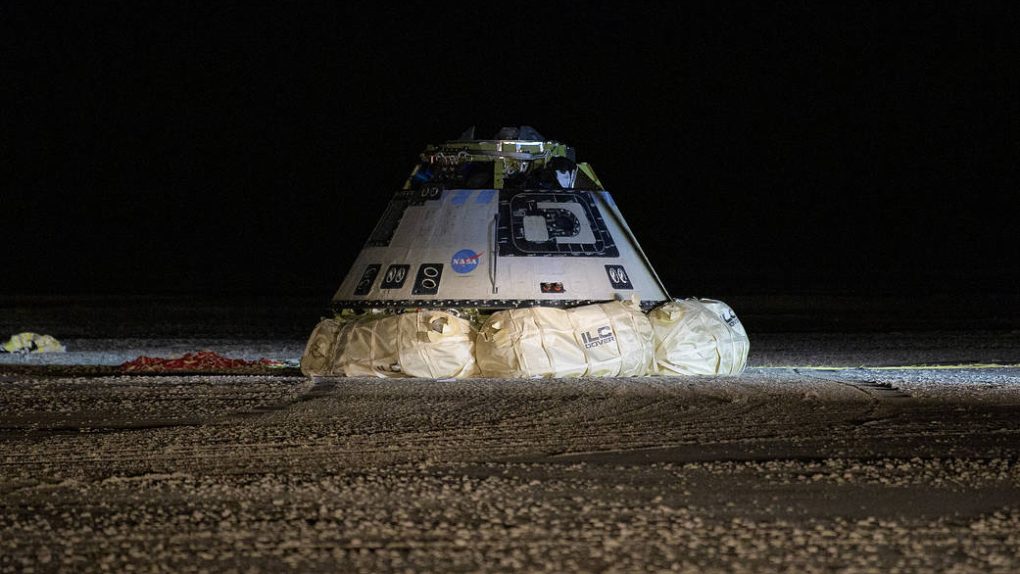If you aren’t up to date on the saga of Boeing’s Starliner allow me to get you up to speed. NASA hired both Boeing and SpaceX to produce crew-capable spacecraft that would allow it to send astronauts to the International Space Station. This is called the Commercial Crew Program and while SpaceX had its fair share of delays and setbacks, it eventually delivered its Crew Dragon capsule to NASA in 2020. The spacecraft completed two test missions and then one official mission to the ISS, but Boeing’s Starliner has yet to even complete an uncrewed trip. It’s a troubling situation for both NASA and Boeing, especially since the first attempt at an uncrewed mission to the space station resulted in Starliner having to abort before even making it to the orbiting laboratory.
All eyes have been on Boeing to do whatever it can to get the Starliner done and deliver it to NASA, even though it’s already years behind schedule. Flights have been scheduled and delayed time and time again, and now it’s looking like the most optimistic timeline for the spacecraft would put a crewed test flight in early 2022 at the earliest.
As Ars Technica reports, the long silence that followed the most recent update from Boeing about Starliner has been deafening. The company posted a vague update in early March to offer everyone a general idea of when Starliner might make its orbital test flight. Prior to this notice, the launch date was expected in early April. Now that early April has come and gone, it’s up to Boeing to break the silence and reveal what it thinks is a reasonable timeline for getting Starliner done and ready for space.
The report from Ars Technica takes into account the existing schedule of flights to the ISS and, based on that, it’s looking like the uncrewed test flight will probably take place no earlier than late July, and that would push the crewed test flight well into 2022 unless something truly miraculous happens. The website also quotes unnamed sources that are betting on a 2022 launch date as well, so the odds of us seeing Starliner carry crew by the end of 2021 are slim to none, and that’s being generous.
It’s an unfortunate situation for Boeing but also for NASA, as the space agency desperately needs reliable ways to get its astronauts into space without having to buy seats on Russian rockets. It has the Crew Dragon right now, but having more than one option would ensure a consistent stream of scientists to the ISS with room for a backup option if something falls through. Boeing has yet to deliver on its promises to NASA and that’s a huge bummer, especially since the Starliner program has already set the space agency back well over $4 billion.








